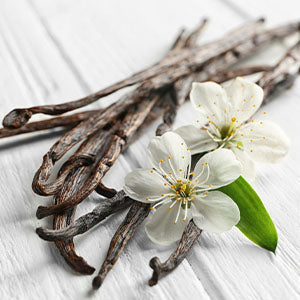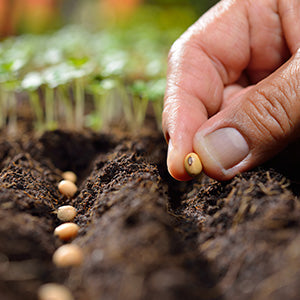What Is Non-Alcoholic Fatty Liver Disease?

You are probably well aware of the symptoms of liver toxicity due to a poor lifestyle. Liver disease, on the other hand, is commonly prescribed to people who consume too much alcohol. Recently, another type of liver disease has been on the rise. Non-alcoholic fatty liver disease (NAFLD) is a different type of liver disease that is not affected by alcohol intake. [1] Instead, it is caused by the high level of accumulated fat within the liver. A normal liver is about 5 - 10% fat. Anymore than that can be harmful and lead to NAFLD or, the more threatening and harmful version, nonalcoholic steatohepatitis (NASH). At its worst, NAFLD or NASH can lead to liver failure or liver cancer.
Who Is at Risk for NAFLD?
The liver acts as a filter for the body by separating helpful nutrients and discarding harmful substances. Consequently, the liver encounters many hard-to-handle toxins, as well as lipids or fat cells. Since NAFLD is affected by the amount of fat in the liver, individuals who are overweight or obese are often at risk. Also, people with diabetes or high blood pressure can develop the disease. NAFLD has also been seen in people who undergo rapid weight loss. It has been discovered that 25% of Americans are affected by NAFLD. [2] It is more common in women than in men and is also most prevalent in people ages 40 - 60.
What Are the Symptoms of NAFLD and What Does it Do?
Typically, NAFLD presents with few or no symptoms, [3] but possible signs include: fatigue, weakness, weight loss or loss of appetite, nausea, abdominal pain, and jaundice. NAFLD is usually confirmed via blood tests and ultrasounds. The disease affects the body negatively by causing inflammation in the liver. This inflammation can lead to scarring of the liver tissue which can affect liver functions. If left unchecked, the inflammation and scarring can lead to the escalated form of NAFLD which can, as mentioned above, lead to liver failure.
How Can I Prevent NAFLD?
The best way to avoid developing non-alcoholic fatty liver disease is by leading a healthy lifestyle. If you eat healthy foods, especially ones that support your liver, get regular exercise, and limit your alcohol intake, you should be able to lower your risks of developing NAFLD or NASH. [4]
References (4)
- Mayo Clinic Staff. Nonalcoholic Fatty Liver Disease. Mayo Clinic. 2014.
- American Liver Foundation. NAFLD. American Liver Foundation. 2015.
- ACGI. Nonalcoholic Fatty Liver Disease. ACGI. 2012.
- Pullen, Lara C. Exercise Improves Nonalcoholic Fatty Liver Disease. Medscape. 2015.
†Results may vary. Information and statements made are for education purposes and are not intended to replace the advice of your doctor. If you have a severe medical condition or health concern, see your physician.

Dr. Edward Group, DC
FOUNDER | HEALER | ADVOCATEDr. Group, DC is a healer and alternative health advocate, and an industry leader and innovator in the field of natural health who is dedicated to helping others. He is a registered doctor of chiropractic (DC), a naturopathic practitioner (NP), and proud alum of Harvard Business School and MIT Sloan School of Management. Dr. Group, DC is the founder of Global Healing – a mission and vision he has shared through best-selling books and frequent media appearances. He aims to spread his message of positivity, hope, and wellness throughout the world.










